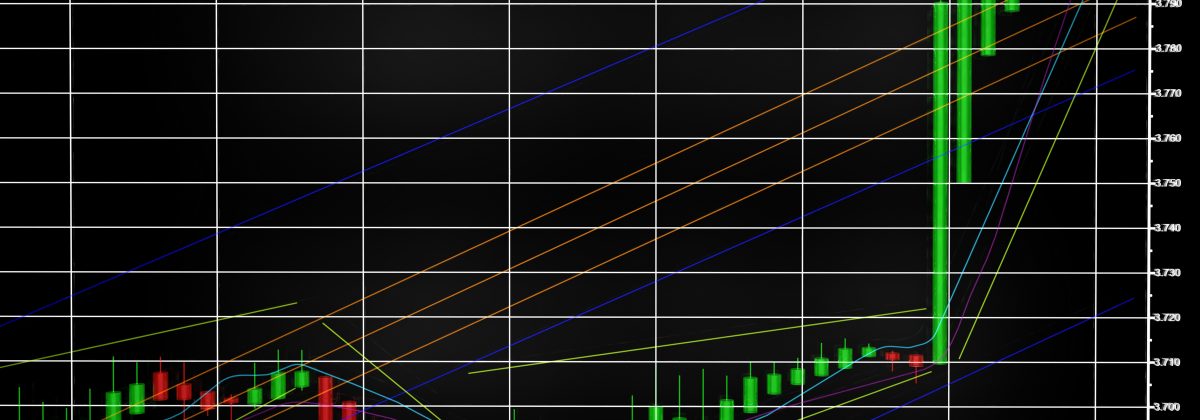Trading is all about making informed decisions, keeping emotions at bay. And yet, despite much effort, sentiments do end up affecting not just a single trader’s decisions but also the way the markets move. Investor behaviour has a considerable impact on asset prices and demand for specific financial instruments. Behavioural economics says that investment decisions are highly influenced by risk, emotions and future cash flows.
Trading sentiment refers to the overall attitude of traders towards a particular financial market, asset or instrument. For instance, rising prices usually leads to a bullish trading sentiment, while falling prices would result in bearish sentiments. These sentiments play a vital role for investors, especially those who like to take positions in the opposite direction of the current market trend.
Indicators to Determine Trading Sentiments
The good news is that there are ways to analyze the mood of the market and the direction the market sentiment is moving in, to help to identify potential opportunities. Here’s a look at some of the key indicators that can help a trader determine market sentiment.
1. Commitment of Traders (COT)
This provides details about how the biggest traders, such as banks, corporations and hedge funds, are positioned and how committed they are to the current trend in the market. If these traders shift their positions, it indicates that the market is going to experience some movement.
2. High/Low Sentiment Ratio
This is one of the easiest ways to determine trading sentiment. It involves calculating the average and comparing assets heading to 52 weeks of highs to stocks heading to 52 weeks of lows. If the average direction of the market is close to the highs, then its bullish, and if the average direction of the market is closer to the lows, it is bearish.
3. Put/Call Ratio
In this indicator, the number of put options is divided by the number of call options. If the ratio is above 1, it indicates that more investors believe that the market is going to be bearish. If the ratio is below 1, it indicates that more investors believe the market is going to experience a bullish trend.
Factors Affecting Trading Sentiment
· Macro-Economic Factors
Macro-economic factors, such as interest rates, inflation and strength of the overall economy, influence investor behaviour. Studies have proven that inflation and money growth have significant impact on the returns generated from the stock market.
· Herd Behaviour
This refers to traders following a common path. If any seasoned trader invests in a particular asset, then others might follow the established trader’s lead and make similar investments. Herding can be based on the inclination of investors towards the same source of information, analysing indicators in similar ways and, therefore, increasing the chances of similar trading decisions. Small markets with low liquidity can also lead to herding, since it isn’t possible to execute trades without following other investors, due to a lack of options.
· Risk and Cost Factor
This depends on two features of investor attitude, stability of the market and high risk leading to high returns, if the trade is successful. Investor decisions are also affected by stability and good governance, and the belief that risks and returns are directly proportional.
Impact of Trading Sentiment
· Ambiguity Aversion
This is a situation where an investor prefers to choose known risks over unknown ones. This behaviour was explained through the “Elisberg Paradox,” where people preferred to bet their money on the outcome of an urn with 50 blue and 50 red balls, instead of betting on the outcome of the urn with 100 balls but unspecified number of blue and red balls in it.
· Familiarity Bias
Here, people prefer investing in familiar portfolios from their own region, state and company. Some investors will avoid foreign or international assets, investing in domestic or local assets due to the bias, despite the return on investment.
· Active Trading
This trading strategy involves taking advantage of short-term price movements. It focuses mainly on financial instruments in high demand, such as stocks, currencies and derivatives. It could be focused on a specific industry as well. This type of trading involves continuous analysis of and speculation regarding market movements.
Tips to Control Your Sentiments while Trading
1. Treat Trading as a Business
Design a trading strategy, with specific, realistic goals and daily activities, to keep your sentiments in check. Stick to your plan despite the market conditions. This will help you prevent sentiments from colouring your trading decisions.
2. Use Candlestick Sharts
Often, early entry and misinterpreted indicators lead to unnecessary losses. So, analyse candlestick charts to fully form before making any trading decisions. Mid-candle decisions tend to be impulsive. This will not only help you control your emotions but will also improve your performance as a trader.
3. Research before Investing
Do not completely depend on trading sentiment, do your own research too. It might help you explore new opportunities for trading, while ensuring that your decisions are information based.
4. Paper Trade
Use demo accounts and dummy trading tools to test new strategies, new indicators and new ideas before investing real money in the live markets. Focus on your strategies and work them through to figure out any loopholes. Use new strategies or try new assets only after you gain confidence through practice.
5. Educate Yourself
There is always something new in the market to broaden the horizon of your trading. Learn about some new indicators, instruments, strategies or some advanced trading tools. With advancements in technology and internet penetration, today, you can easily access books, coaching academies, webinars, etc. This will help you assess and improve your current trading plan.
The financial markets are influenced by emotions, providing trading opportunities. Understanding trading sentiment is key to making informed trading decisions. Analysing trading sentiment as part of your trading plan is only useful if you can utilise it to gain an edge in the market and take positions at the right time. How the market feels about the current scenario and how it feels about the future provide potential opportunities for traders. So, make sure you learn how to assess and analyse market sentiment and your own emotions to fine tune your trading decisions.
Reference Links





